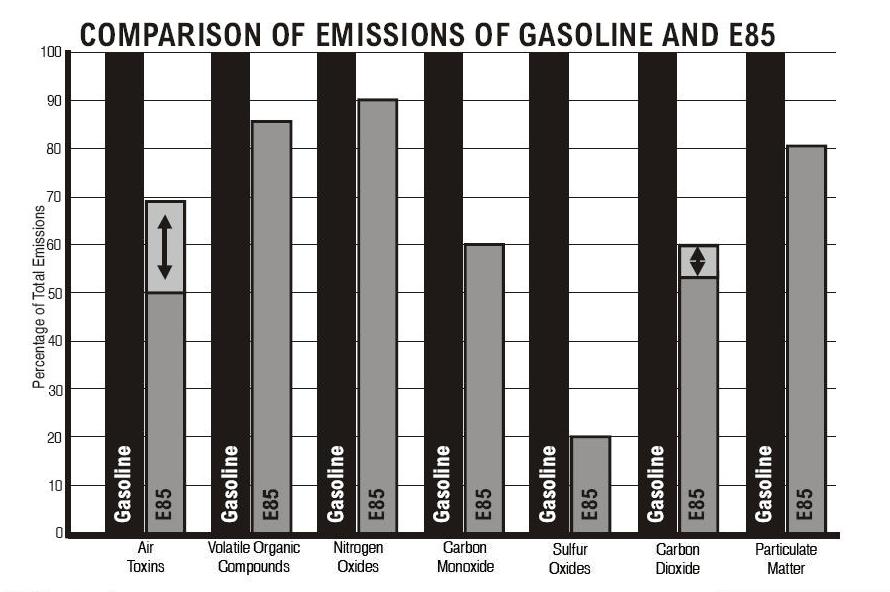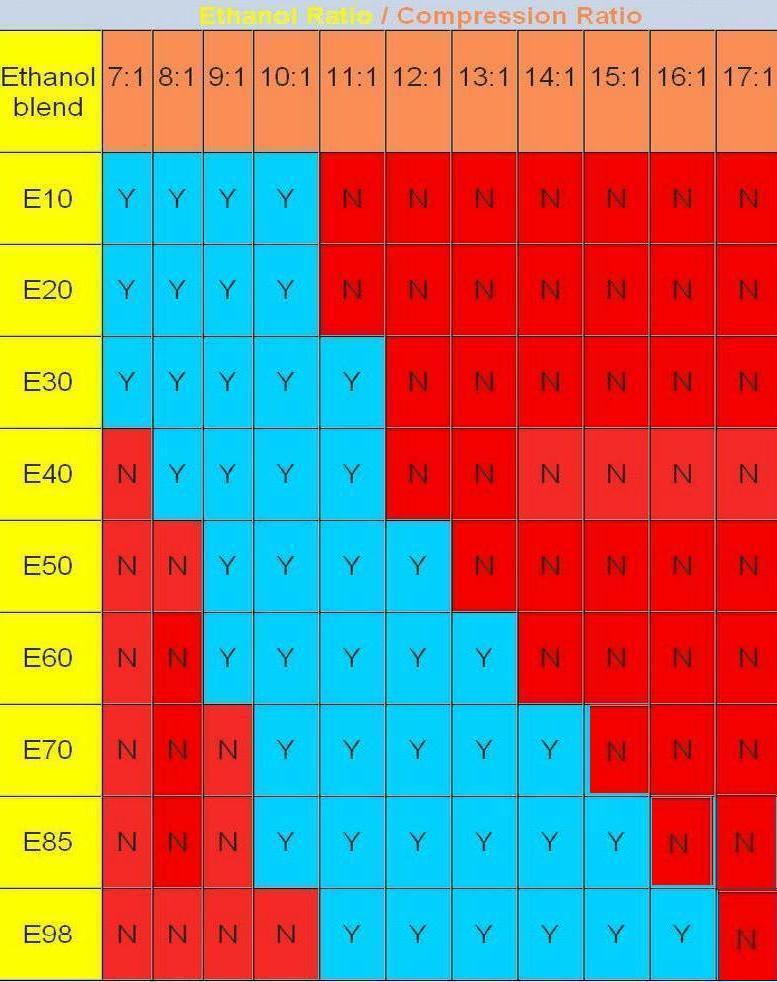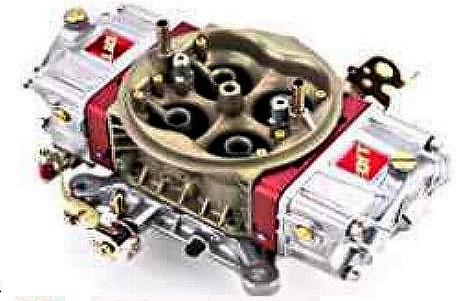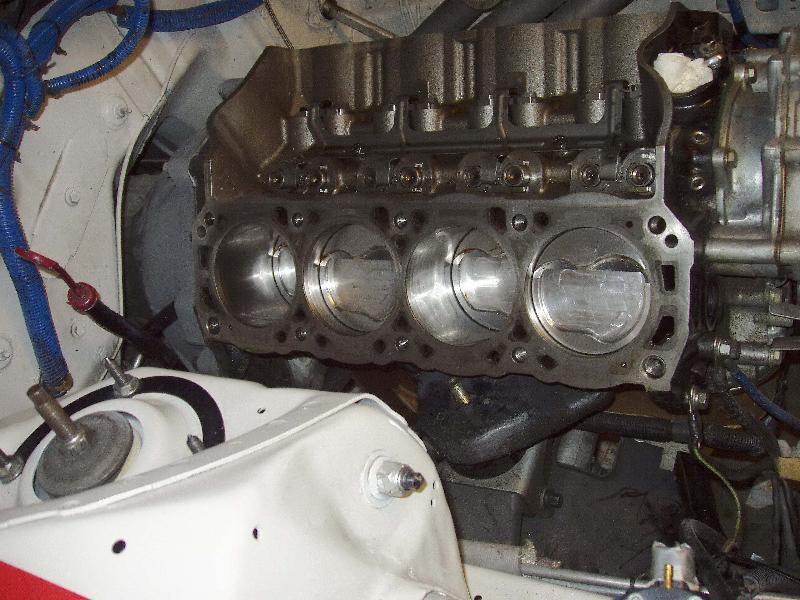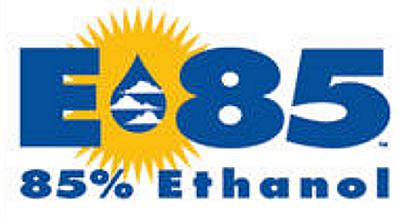
Using E85 for Performance Improvement
in Non Flex Fuel Vehicles
in Non Flex Fuel Vehicles

Turbomustangs.com along with Steve Cole Enterprises Inc has completed some preliminary testing with the environmentally friendly, cheaper than 91 Octane, E85 fuel blend.
First off what is E85? E85, is a motor fuel blend of 85 percent ethanol and 15 percent gasoline to be used in flex-fuel vehicles. Ethanol is alcohol used in transportation fuels. It is a high-octane, liquid fuel, produced by the fermentation of plant sugars. In the United States, ethanol is typically produced from corn and other grain products, although in the future it may be economically produced from other biomass resources.
Benefits:
It has a motor octane rating of 104-108, it is also quite
cold to the touch. It drops air intake temps dramatically,
which is GREAT with boost. It is currently about 2.05
per gallon, while 93 Octane is approximately 3.10 a gallon.
E85 is cleaner burning, emitting a lot less greenhouse
gasses. It is also a renewable resource. To top it off it
is made 100% within the confines of the USA.
Cons:
It takes more of this fuel to create the same energy as
regular gasoline. Therefore your car will use more fuel
and you will see a decrease of approximately 15-20% in
fuel economy. To make big horsepower you will need
more fuel pump, bigger lines and more injector, or a
modified carb and larger jets. Many people state that the fuel is corrosive
and it could have adverse effects on aluminum fuel
rails, injector o-rings and fuel lines. But so far in 9
months of testing we have seen no such side effects.
Test Car
1995 Mustang GT street car, 331 cubic inch, custom twin
turbo system with twin T70 p-trims w/ .58 AR, T56
tranny, solid roller: 242/236, .600 lift. Fuel System:
3, 255lph Walbro in line fuel pumps, 160# injectors.
No alky, no nitrous, no ice on the intake, etc.
The first thing we did was add 40% fuel to the fuel map under WOT. We also added about 20% fuel in part throttle areas. We were tuning using a regular gasoline wideband air fuel ratio of 14:1 at part throttle. On the dyno the car made the best and cleanest power at 12:1.
At 6 psi of boost and 35 degrees total timing the car made 575rwhp from 6000rpm until 7500rpm. The power never fell off. We tried less timing but the car didn�t respond well and the power curve was sloppier. At 13psi and about 29 degrees of timing we made 872rwhp. At 20psi and ~24 degrees of timing we made 989rwhp. At 30 psi and 20 degrees of timing we ended up with 1066rwhp. The fuel injectors were at 75% duty cycle at this power level. Whereas with gasoline they were at about 55%. The fuel pressure was also slightly falling off at the top. The lack of a large power increase from 20-30psi is due to the tiny exhaust housings on this street car.
In total we made 16 dyno pulls and we never heard any
detonation, but we did hit fuel cut a few times during
testing. The next day the spark plugs were pulled and
there may have been slight detonation in 2 of the
cylinders because the porcelain was speckled. However
the car still runs fine. This is definitely a very impressive
fuel. I also want to point out how impressed I am with
this solid roller setup. Sure it is slightly noisier than my
tiny hydro cam. But you can�t argue with that sick
power curve. At all boost levels the car makes peak
power at 6000rpm and holds it solid until 7500rpm, I am
sure it would pull up to 8000rpm no problem. Steve has
also tried a larger hydraulic cam to get the same results
but it just didn�t work. The cam was a comp extreme
energy hyd roller: 248 @ .050 on int and exh, 114 lsa.
The car also had larger 74mm turbos at the time but
the power would peak at 6500rpm and drop like a rock,
even with expensive valve springs. With the new small
solid roller cam the car even lugs along at 1500rpm no
problem and idles fine at 900rpm.
For more Supercharger and Turbo information,
visit
The Turbo Forums
With a flip chip, and a E85 tune on 1 postion, and 93 octane on another, it would be very nice.
To learn more about E85 and to check for stations in your area please go here: https://afdc.energy.gov/fuels/ethanol-locations#/find/nearest?fuel=E85
The 105 Octane of E85 is very nice, but with the added cooling effect it makes it perform more like 115 Octane Racing Gas. There are guys running 16-1 compression ratio NA with E85, and NO pre-igniton.
For Boosted applications, several guys are running 30
psi of boost, and not pulling as much timing as they
would normally do with only 15 psi. Running E85 does
not require as much timing to start with either, which
is a added bonus. Most NA guys find they make the
best power with about 4 degrees less timing. With that
in mind, since mine made the best HP with 34 degrees
total timing, I will go with 30 degrees locked timing,
and pull a few degrees at about 10 psi to be safe till I
get it all dialed in. In the end, I do not think I will need
to pull any timing till at 15 psi.
